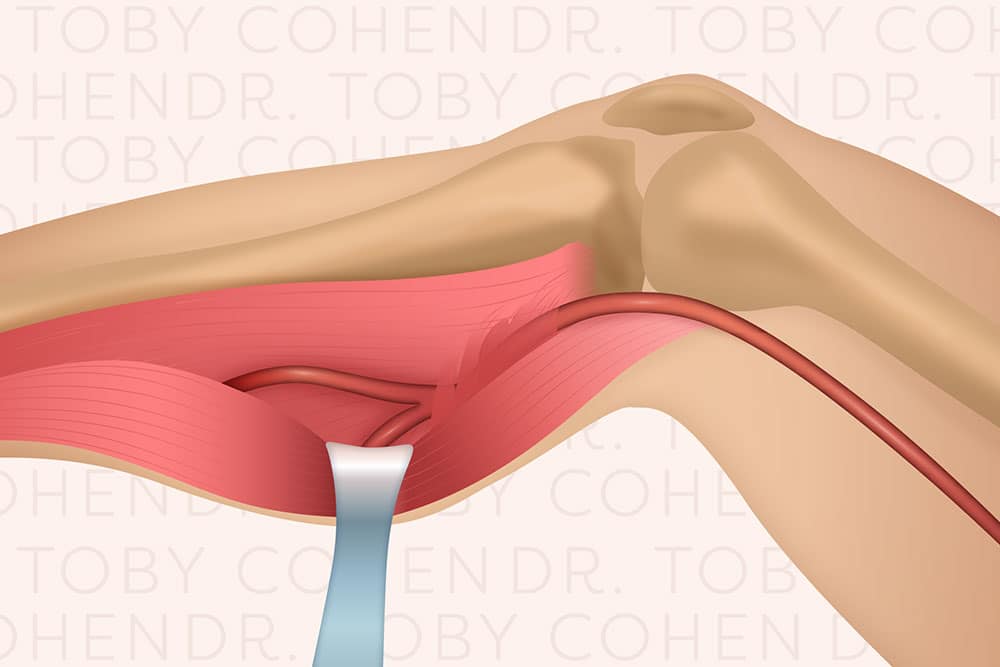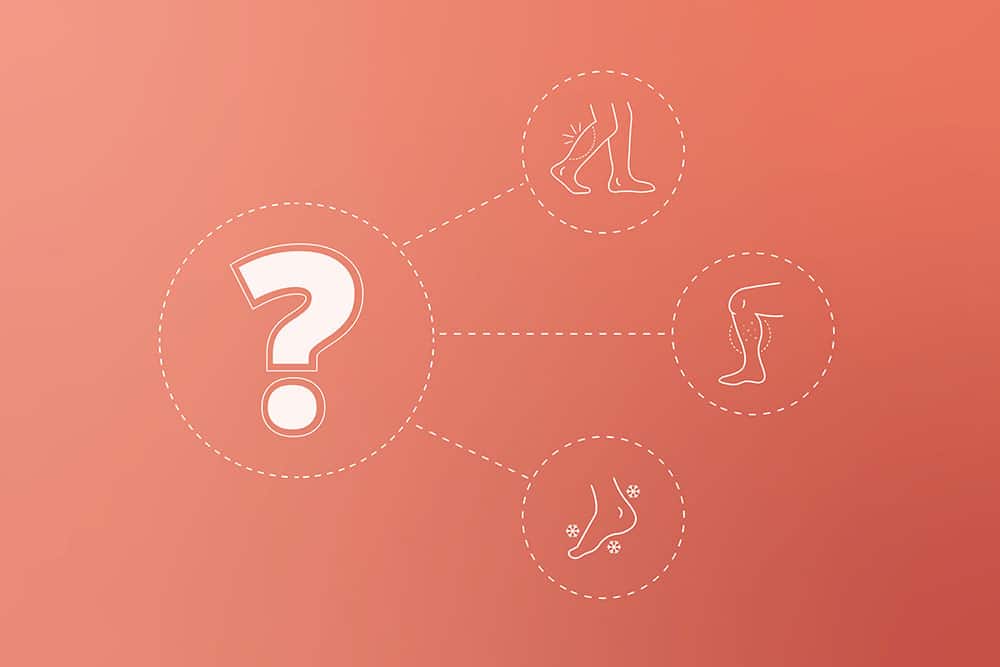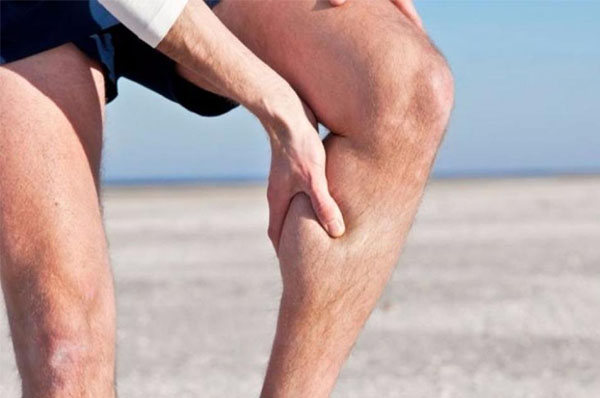Enquire Now
Fill out the form below and we will get back to you as soon as we can.


Popliteal artery entrapment syndrome, also known as PAES, is a rare condition in which an abnormally positioned or enlarged calf muscle compresses the popliteal artery, positioned behind the knee. PAES is most often found in those who are athletic and muscular. When compressed, the artery becomes trapped resulting in a loss of blood flow to the lower leg and foot.
For more detailed information on PAES, visit the Cleveland Clinics page by clicking here.
Symptoms usually come on over a number of years. The most common symptom is pain or cramping in the back of the lower leg. Calves can go rock hard and then take several days to recover. This pain often recedes when the leg is rested. Other symptoms include:


Typical symptoms of PAES include:
If you are diagnosed with PAES there are a number of treatment options available to you. Doctor Cohen will discuss each of these with you, and together you can decide on the best course of action.
Your treatment depends on the underlying cause of the entrapment. Conservative management is the mainstay of treatment. This usually involves a combination of Botox therapy and functional rehabilitation. The Botox will be injected into the calf muscle to try and reduce their size, and therefore overcrowding of the popliteal fossa. This treatment is coupled with strengthening of the hamstring muscles and rehabilitation of the calf muscles. The Botox will usually last around six months. If conservative therapy fails surgery will be considered.
The surgery normally involves an incision above the knee or inside the thigh. This allows access to the origin of the muscles which are responsible for the overcrowding. This will help release the abnormal calf muscle and give the popliteal artery more room. This procedure will take around one hour and you can go home the following day.
As with all surgery, you will be required to undergo an important rehabilitation process. This process will be discussed with you when you meeting with Doctor Cohen regarding treatment options.
Before you visit Doctor Cohen, you will be required to obtain a referral from your GP or Specialist Doctor.